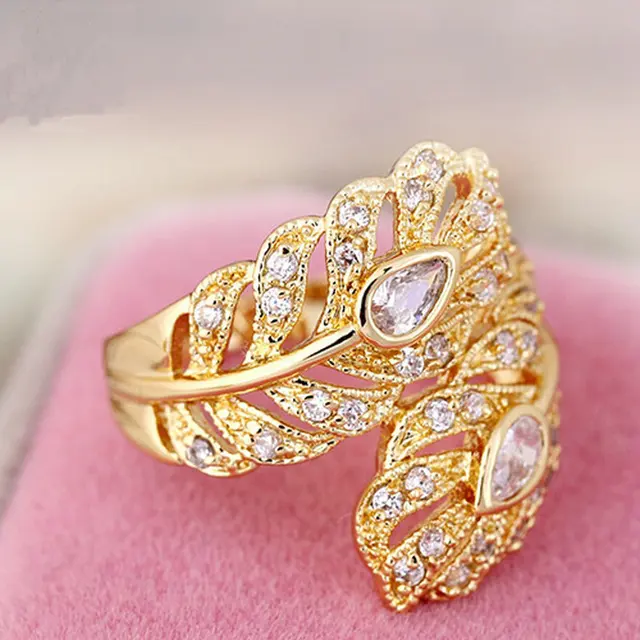New Rings collection
A ring is a round band, usually of metal, worn as an ornamental piece of jewellery around the finger, or sometimes the toe; it is the most common current meaning of the word "ring". Strictly speaking a normal ring is a finger ring (which may be hyphenated); other types of rings worn as ornaments are earrings, bracelets for the wrist, armlets or arm rings, toe rings and torc or neck rings, but except perhaps for toe rings, the plain term "ring" is not normally used to refer to these.
Rings are most often made of metal but can be of almost any material: metal, plastic, stone, wood, bone, glass, or gemstone. They may be set with a stone or stones, often a gemstone such as diamond, ruby, sapphire or emerald..
Archaic Greek rings were to some extent influenced by Egyptian rings, although they tended to be less substantial and apparently weren't for the most part used as working signet rings. A lack of locally available gold meant that rings made in the eastern colonies tended to be made from silver and bronze while Etruria used gold.
The classical period showed a shift away from bronze to wider adoption of silver and gold. The most typical design of the period involved a lozenge bezel mounting an intaglio device. Over time the bezel moved towards a more circular form.
During the early and middle imperial era (first two centuries AD) the closest there is to a typical Roman ring consisted of a thick hoop that tapered directly into a slightly wider bezel. An engraved oval gem would be embedded within the bezel with the top of the gem only rising slightly above the surrounding ring material. Such rings are referred to Henig II and III/Guiraud 2 in formal academic parlance or simply as Roman rings by modern jewellers. In general Roman rings became more elaborate .




No comments:
Post a Comment